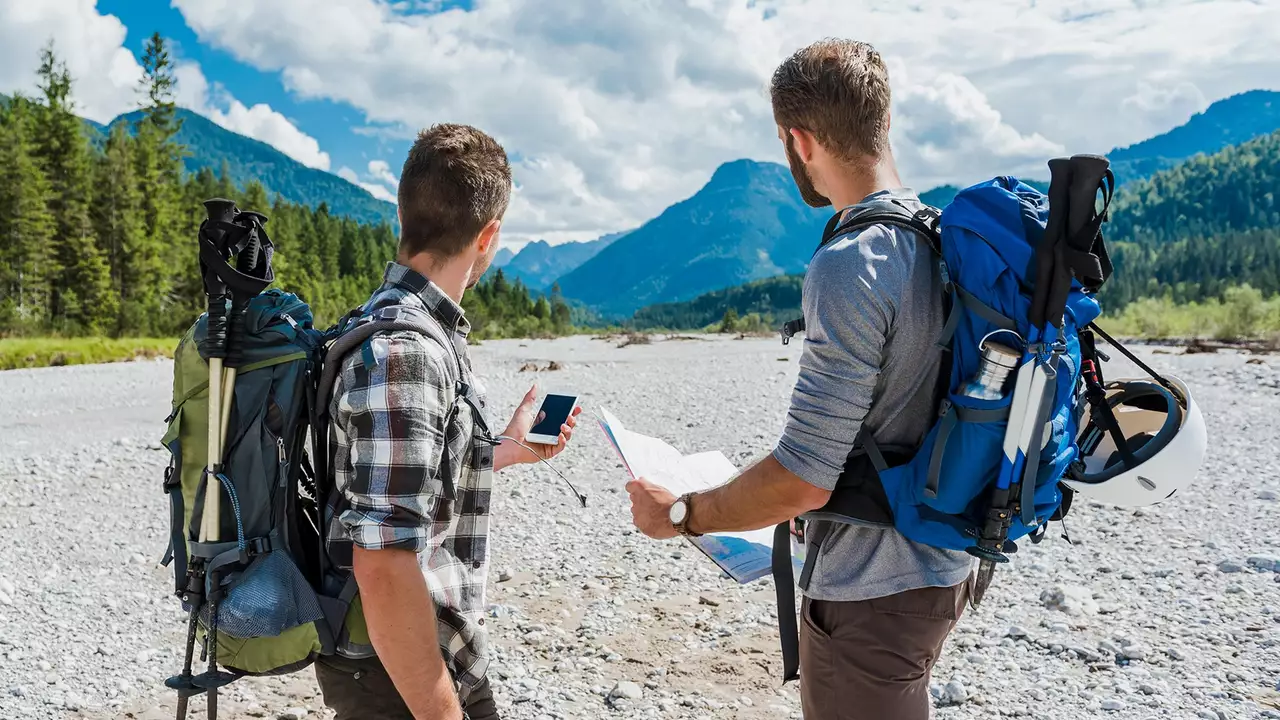Defining the Relationship Between Locals and Tourists
Let's start by understanding the relationship between locals and tourists. For many people living in popular tourist destinations, tourists are an integral part of their lives. Whether it's the local shopkeeper who relies on the spending of vacationers for his livelihood, or the residents who regularly interact with tourists at local attractions, the relationship between locals and tourists can be complex. Some locals appreciate the diversity and economic benefit that tourists bring, while others may feel overwhelmed by the influx of visitors during peak seasons.
The Economic Impact of Tourism on Local Communities
There's no denying that tourism plays a major role in boosting local economies. Tourists bring in significant revenue, helping to support local businesses, create jobs, and stimulate economic growth. In many tourist hotspots, businesses like hotels, restaurants, and shops are often the main sources of income for locals. This financial gain can greatly improve the standard of living in these areas. However, there's also a downside. Inflated prices and cost of living can make it difficult for locals to afford basic necessities.
Environmental Concerns and Tourism
Environmental degradation is a major concern for locals living in tourist-heavy areas. An influx of tourists can lead to increased pollution, waste, and destruction of natural habitats. Locals who have lived in these areas for generations often feel a deep connection to the land and are distressed by the damage caused by careless tourists. This has led to a growing movement among locals to promote sustainable tourism practices.
Impact on Local Culture and Traditions
Tourism can bring about a cultural exchange that enriches both the locals and the tourists. However, there are instances where locals feel that their culture and traditions are being commodified for the sake of tourism. This can lead to a loss of cultural identity and authenticity. Locals often struggle to maintain their traditions in the face of growing tourist demands.
The Effect of Overcrowding on Local Life
Many locals living in tourist hotspots have to deal with overcrowding, particularly during peak tourist seasons. This can lead to traffic congestion, noise pollution, and increased wear and tear on local infrastructure. Overcrowding can significantly disrupt the local way of life, making it a major point of contention between locals and tourists.
Tourists' Behavior and Local Sentiment
The way tourists conduct themselves can greatly influence how locals feel about them. Tourists who are respectful and considerate of local customs and norms are usually welcomed by locals. However, when tourists behave irresponsibly or disrespectfully, it can lead to resentment and hostility among the local population.
The Role of Local Government in Managing Tourism
Local government bodies play a crucial role in managing tourism and its impact on local communities. They are responsible for implementing policies and regulations that balance the benefits of tourism with the needs and concerns of locals. The effectiveness of these strategies can greatly influence the relationship between locals and tourists.
Case Studies: Successful Tourism Management
There are numerous examples of places around the world where tourism is managed in a way that benefits both locals and tourists. These case studies provide valuable insights into successful tourism management strategies that other destinations can learn from.
Conclusion: Balancing Tourism and Local Life
In conclusion, whether locals are bothered by tourists is dependent on a variety of factors. It's a delicate balancing act, trying to reap the economic benefits of tourism while protecting local culture, environment, and way of life. But with effective management and mutual respect, tourism can certainly coexist harmoniously with local life.
